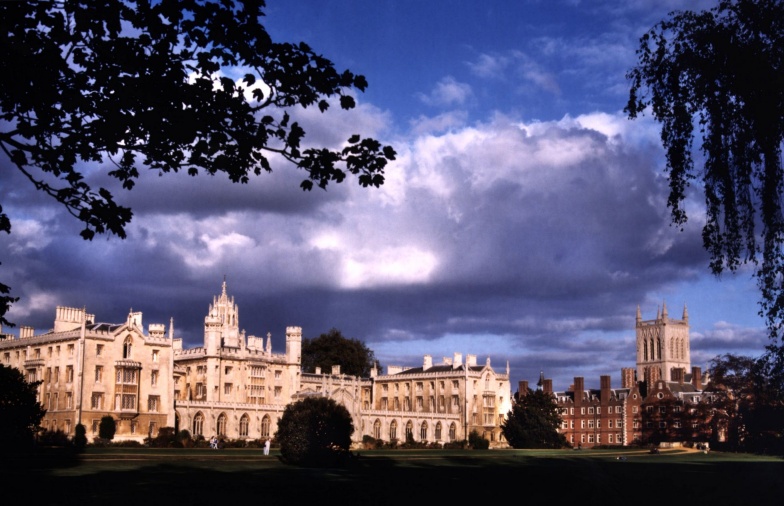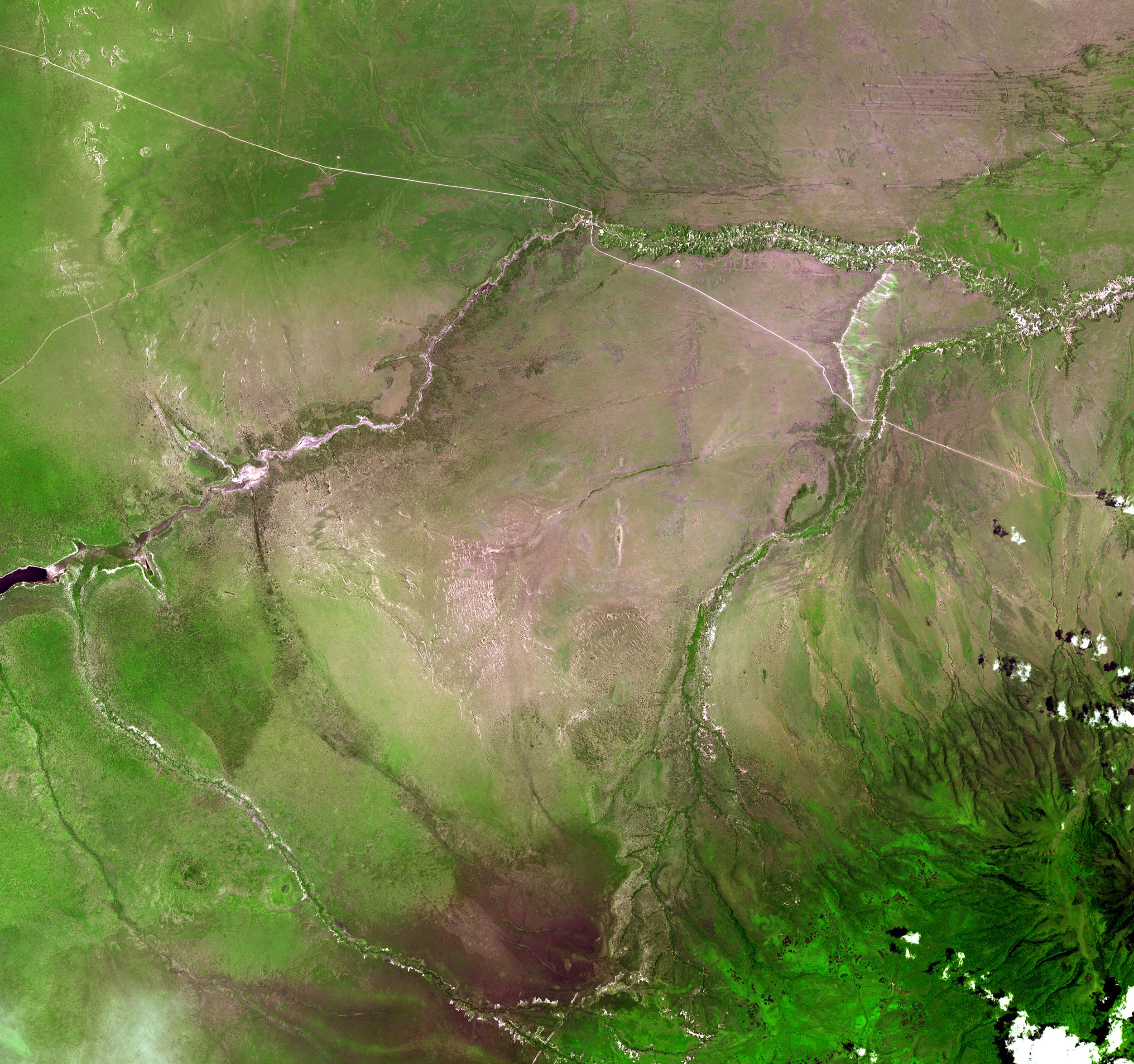|
Shirley Coryndon
Shirley Cameron Coryndon (1926–1976) was a British paleontologist and authority on fossil hippopotami. In the 1950s she studied paleontology with Donald MacInnes at the Museum of Nairobi. Coryndon was the paleontological assistant to Louis Leakey at the Centre for Prehistory and Paleontology. She also participated in excavations at Olduvai Gorge. She was previously married to Roger Coryndon, son of colonial administrator Robert Coryndon Sir Robert Thorne Coryndon, (2 April 1870 – 10 February 1925) was a British colonial administrator, a former secretary of Cecil Rhodes who became Governor of the colonies of Uganda (1918–1922) and Kenya (1922–1925). He was one of the most ..., and in 1969 she married British paleontologist R. J. G. Savage, whom she had met in Kenya in 1955. She is commemorated in the names of the fossil hippopotami '' Hexaprotodon coryndonae'' and '' Kenyapotamus coryndonae'', as well as the fossil bovine '' Ugandax coryndonae''. Books * * Refere ... [...More Info...] [...Related Items...] OR: [Wikipedia] [Google] [Baidu] |
Paleontologist
Paleontology (), also spelled palaeontology or palæontology, is the scientific study of life that existed prior to, and sometimes including, the start of the Holocene epoch (roughly 11,700 years before present). It includes the study of fossils to classify organisms and study their interactions with each other and their environments (their paleoecology). Paleontological observations have been documented as far back as the 5th century BC. The science became established in the 18th century as a result of Georges Cuvier's work on comparative anatomy, and developed rapidly in the 19th century. The term itself originates from Greek (, "old, ancient"), (, ( gen. ), "being, creature"), and (, "speech, thought, study"). Paleontology lies on the border between biology and geology, but differs from archaeology in that it excludes the study of anatomically modern humans. It now uses techniques drawn from a wide range of sciences, including biochemistry, mathematics, and engineering. ... [...More Info...] [...Related Items...] OR: [Wikipedia] [Google] [Baidu] |
Hippopotamidae
Hippopotamidae is a family of stout, naked-skinned, and semiaquatic artiodactyl mammals, possessing three-chambered stomachs and walking on four toes on each foot. While they resemble pigs physiologically, their closest living relatives are the cetaceans. They are formally referred to as hippopotamids. There are two living species of hippopotamid in two genera; the pygmy hippo, ''Choeropsis liberiensis'' of the forests of west Africa, and the common hippo, ''Hippopotamus amphibius''. The term ''hippopotamus'' can also be applied to hippopotamids in general, although it is most frequently used for the common hippo and its respective genus. Characteristics Hippopotamids are large mammals, with short, stumpy legs, and barrel-shaped bodies. They have large heads, with broad mouths, and nostrils placed at the top of their snouts. Like pigs, they have four toes, but unlike pigs, all of the toes are used in walking. Hippopotamids are unguligrade, although, unlike most other such a ... [...More Info...] [...Related Items...] OR: [Wikipedia] [Google] [Baidu] |
Louis Leakey
Louis Seymour Bazett Leakey (7 August 1903 – 1 October 1972) was a Kenyan-British palaeoanthropologist and archaeologist whose work was important in demonstrating that humans evolved in Africa, particularly through discoveries made at Olduvai Gorge with his wife, fellow palaeoanthropologist Mary Leakey. Having established a programme of palaeoanthropological inquiry in eastern Africa, he also motivated many future generations to continue this scholarly work. Several members of the Leakey family became prominent scholars themselves. Another of Leakey's legacies stems from his role in fostering field research of primates in their natural habitats, which he saw as key to understanding human evolution. He personally focused on three female researchers, Jane Goodall, Dian Fossey, and Birutė Galdikas, calling them The Trimates. Each went on to become an important scholar in the field of primatology. Leakey also encouraged and supported many other PhD candidates, most notably from ... [...More Info...] [...Related Items...] OR: [Wikipedia] [Google] [Baidu] |
Olduvai Gorge
The Olduvai Gorge or Oldupai Gorge in Tanzania is one of the most important paleoanthropology, paleoanthropological localities in the world; the many sites exposed by the gorge have proven invaluable in furthering understanding of early human evolution. A steep-sided ravine in the Gregory Rift, Great Rift Valley that stretches across East Africa, it is about long, and is located in the eastern Serengeti Plains within the Ngorongoro Conservation Area in the Olbalbal ward located in Ngorongoro District of Arusha Region, about from Laetoli, another important archaeological locality of early human occupation. The British/Kenyan paleoanthropologist-archeologist team of Mary Leakey, Mary and Louis Leakey established excavation and research programs at Olduvai Gorge that achieved great advances in human knowledge and are world-renowned. The site is registered as one of the National Historic Sites of Tanzania. The gorge takes its name from the Maasai language, Maasai word ''oldupai'' ... [...More Info...] [...Related Items...] OR: [Wikipedia] [Google] [Baidu] |
Robert Coryndon
Sir Robert Thorne Coryndon, (2 April 1870 – 10 February 1925) was a British colonial administrator, a former secretary of Cecil Rhodes who became Governor of the colonies of Uganda (1918–1922) and Kenya (1922–1925). He was one of the most powerful of colonial administrators of his day. Early years Robert Thorne Coryndon was born to English parents in Cape Colony, South Africa on 2 April 1870. He was educated at St. Andrew's College, Grahamstown, and at Cheltenham College in England. In 1889 he returned to South Africa to serve his articles as a lawyer with his uncles's firm, Caldecott and Bell of Kimberley. Unhappy with office work, after a few months he joined the Bechuanaland Border Police run by the British South Africa Company (BSAC) which Cecil Rhodes had formed in 1889. In 1890 he was a member of the Pioneer Force occupying Mashonaland. In 1893 and 1896 he served in campaigns in Matabeleland. In 1896 Coryndon was appointed private secretary to Cecil Rhodes, and ... [...More Info...] [...Related Items...] OR: [Wikipedia] [Google] [Baidu] |
Hexaprotodon
''Hexaprotodon'' is an extinct genus of hippopotamid known from Asia. The name ''Hexaprotodon'' means "six front teeth" as some of the fossil forms have three pairs of incisors.''Hexaprotodon'' The Paleobiology Database, läst 19 mars 2013. The name ''Hexaprotodon'' was often applied to the before its reclassification into the genus ''''. The genus '''', including African taxa, has been suggested to be |
Kenyapotamus
''Kenyapotamus'' is a possible ancestor of living hippopotamuses that lived roughly 16 million to 8 million years ago during the Miocene epoch. Its name reflects that its fossils were first found in modern-day Kenya. Although little is known about ''Kenyapotamus'', its dental pattern bore similarities to that of the genus ''Xenohyus'', a European suid from the Early Miocene. This led some scientists to conclude that hippopotami were most closely related to modern peccaries and suids.Petronio, C. (1995): Note on the taxonomy of Pleistocene hippopotamuses. ''Ibex'' 3: 53-55PDF fulltext Recent molecular research has suggested that hippopotamuses are more closely related to cetaceans than to other artiodactyls. A morphological analysis of fossil artiodactyls and whales, which also included ''Kenyapotamus'', strongly supported a relationship between hippos and the anatomically similar family Anthracotheriidae. Two archaic whales (''Pakicetus'' and ''Artiocetus ''Artiocetus'' is ... [...More Info...] [...Related Items...] OR: [Wikipedia] [Google] [Baidu] |
Geobios
Geobios is an academic journal published bimonthly by the publishing house Elsevier. Geobios is an international journal of paleontology, focusing on the areas of palaeobiology, palaeoecology, palaeobiogeography, stratigraphy and biogeochemistry Biogeochemistry is the scientific discipline that involves the study of the chemical, physical, geological, and biological processes and reactions that govern the composition of the natural environment (including the biosphere, the cryosphere, t .... Geobios is indexed and abstracted in: Science Citation Index, ISI, Bulletin signalétique, PASCAL, Geo Abstracts, Biological Abstracts, The Geoscience Database, Referativnyi Zhurnal, SciSearch, Research Alert and Current Contents/Physical, Chemical & Earth Sciences. Description Articles are published only in English, following a standard peer-review process (usually involving 3 reviewers) supervised by an associate-editor through the Journal's submission web site. Articles are published i ... [...More Info...] [...Related Items...] OR: [Wikipedia] [Google] [Baidu] |
Ugandax
''Ugandax'' is an extinct genus of bovines in the subtribe Bubalina that lived from the Miocene to the Pleistocene of Africa. Cladistic Cladistics (; ) is an approach to biological classification in which organisms are categorized in groups (" clades") based on hypotheses of most recent common ancestry. The evidence for hypothesized relationships is typically shared derived char ... analyses suggest ''Ugandax'' represents an ancestral form of the African buffalo, ''Syncerus'', and teeth assigned to ''Ugandax'' represent the earliest appearance of bovines in Africa. References Bovines Prehistoric bovids Miocene mammals of Africa Pliocene mammals of Africa Pleistocene mammals of Africa Fossil taxa described in 1970 Prehistoric even-toed ungulate genera {{Paleo-eventoedungulate-stub ... [...More Info...] [...Related Items...] OR: [Wikipedia] [Google] [Baidu] |
British Palaeontologists
British may refer to: Peoples, culture, and language * British people, nationals or natives of the United Kingdom, British Overseas Territories, and Crown Dependencies. ** Britishness, the British identity and common culture * British English, the English language as spoken and written in the United Kingdom or, more broadly, throughout the British Isles * Celtic Britons, an ancient ethno-linguistic group * Brittonic languages, a branch of the Insular Celtic language family (formerly called British) ** Common Brittonic, an ancient language Other uses *''Brit(ish)'', a 2018 memoir by Afua Hirsch *People or things associated with: ** Great Britain, an island ** United Kingdom, a sovereign state ** Kingdom of Great Britain (1707–1800) ** United Kingdom of Great Britain and Ireland (1801–1922) See also * Terminology of the British Isles * Alternative names for the British * English (other) * Britannic (other) * British Isles * Brit (other) * Briton ... [...More Info...] [...Related Items...] OR: [Wikipedia] [Google] [Baidu] |
1926 Births
Events January * January 3 – Theodoros Pangalos (general), Theodoros Pangalos declares himself dictator in Greece. * January 8 **Abdul-Aziz ibn Saud is crowned King of Kingdom of Hejaz, Hejaz. ** Bảo Đại, Crown Prince Nguyễn Phúc Vĩnh Thuy ascends the throne, the last monarch of Vietnam. * January 12 – Freeman Gosden and Charles Correll premiere their radio program ''Sam 'n' Henry'', in which the two white performers portray two black characters from Harlem looking to strike it rich in the big city (it is a precursor to Gosden and Correll's more popular later program, ''Amos 'n' Andy''). * January 16 – A BBC comic radio play broadcast by Ronald Knox, about a workers' revolution, causes a panic in London. * January 21 – The Belgian Parliament accepts the Locarno Treaties. * January 26 – Scottish inventor John Logie Baird demonstrates a mechanical television system at his London laboratory for members of the Royal Institution and a report ... [...More Info...] [...Related Items...] OR: [Wikipedia] [Google] [Baidu] |




